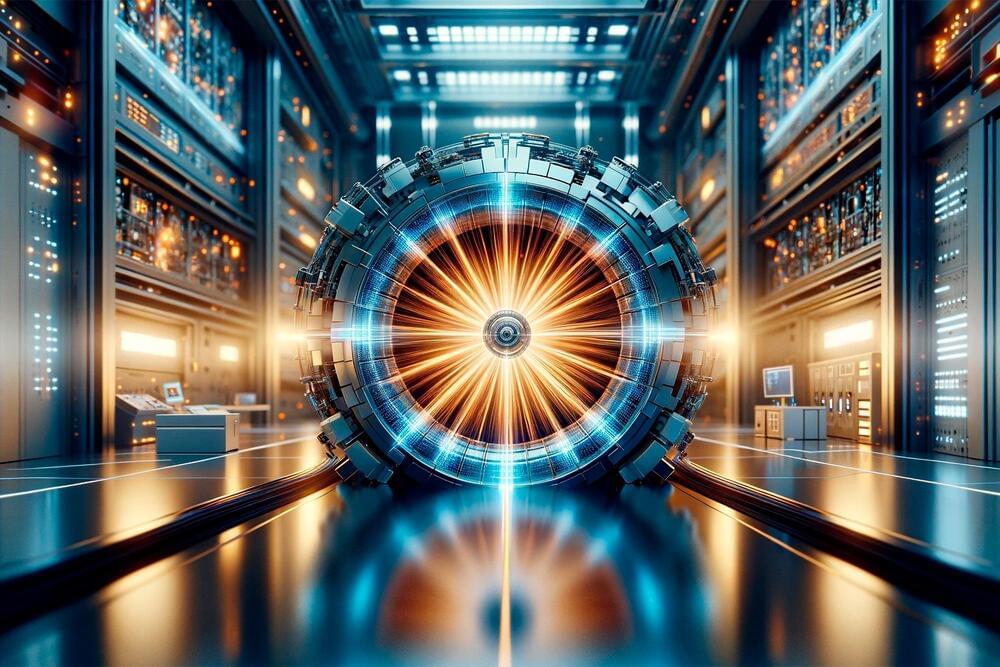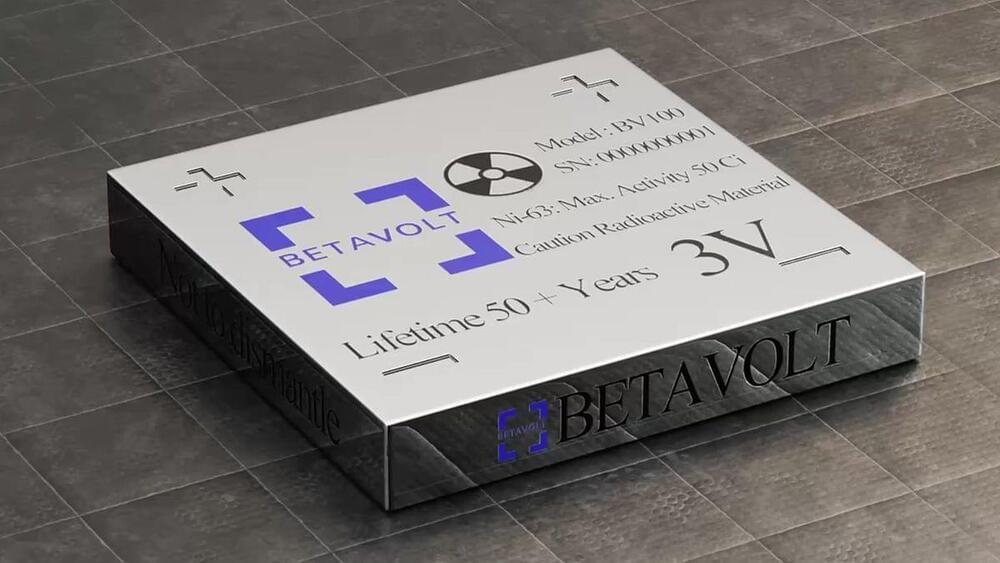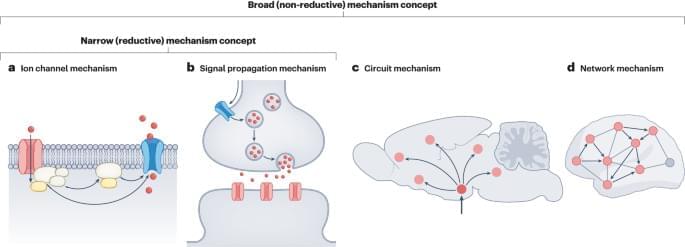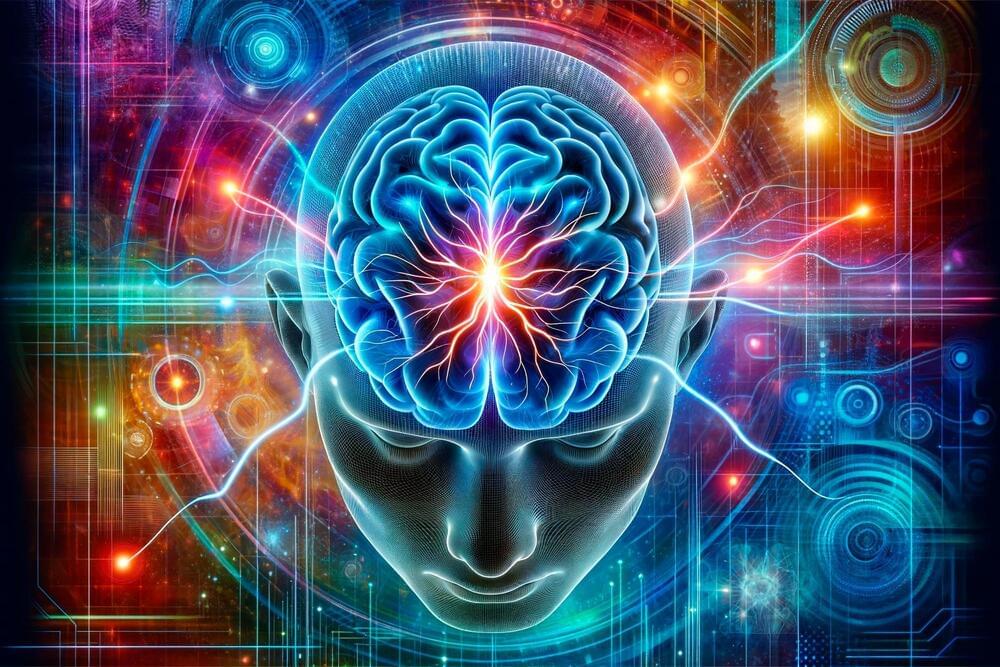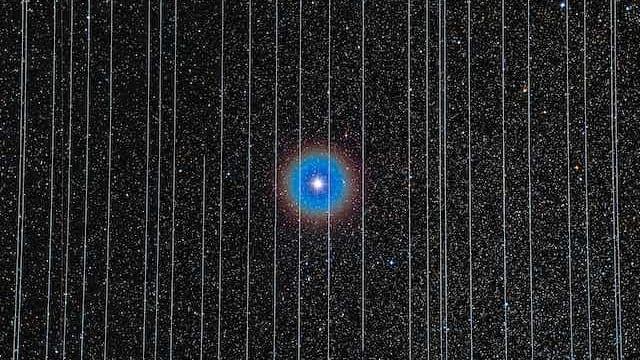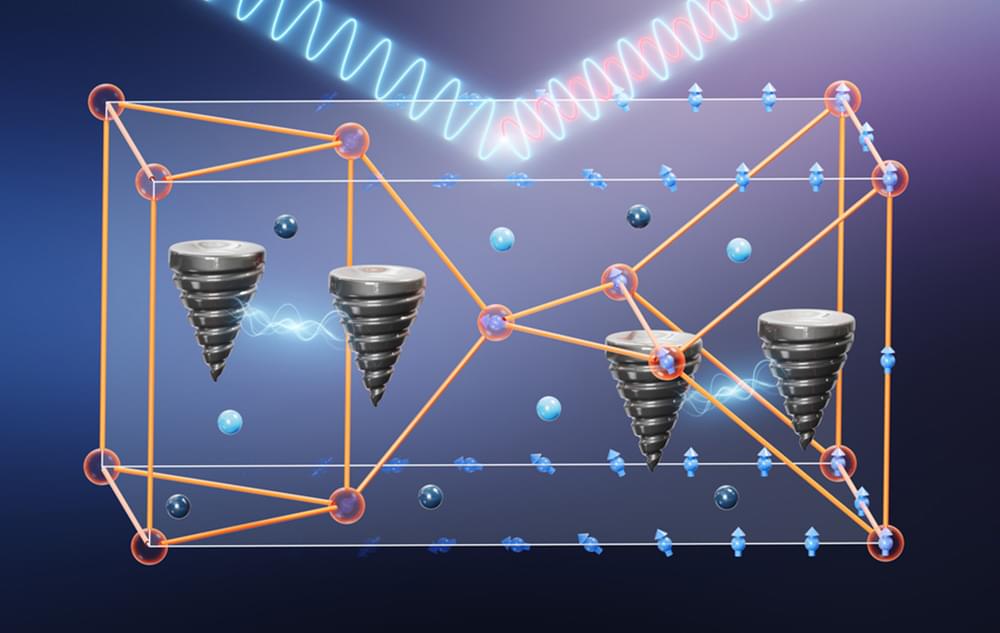Department of Energy user facility helps probe questions from changes in the structure of nuclei to nuclear reactions that shape the Universe.
The Facility for Rare Isotope Beams (FRIB) enables discoveries in the science of atomic nuclei, their role in the cosmos, and the fundamental symmetries of nature. This accelerator facility uses beams of short-lived nuclei not available elsewhere. Results from FRIB address questions such as the limits of the nuclear chart, the origin of the elements, and the reason for why there is more matter than antimatter in our Universe.
In FRIB’s first year, its measurements tackled the changes in the structure of the shortest-lived nuclei, exotic decay modes, nuclear reactions that affect cosmic events such as X-ray bursts, and processes in the crusts of neutron stars.
